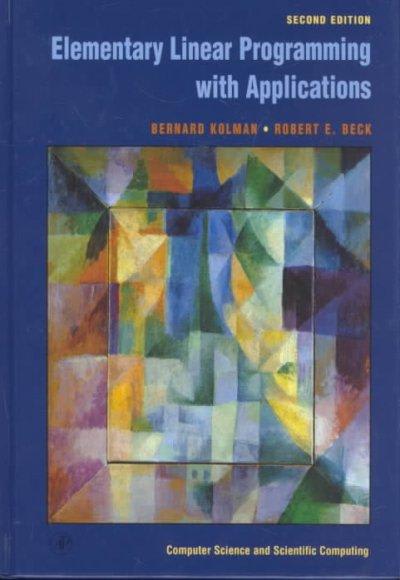
EPER (in percent) TER (in percent) ARACR (in percent) 10 Actual sample size 100 20 Actual number of exceptions in the sample N Required a. For each population, did the auditor select a smaller sample size than is indicated by using the attributes sampling tables in Table 15-8 (p 504) for determining sample size? Evaluate selecting either a larger or smaller size than those determined in the tables. b. Calculate the SER and CUER for each population. c. For which of the six populations should the sample results be considered unacceptable? What options are available to the auditor? d. Why is analysis of the exceptions necessary even when the populations are considered acceptable? e. For the following terms, identify which is an audit decision, a nonstatistical estimate made by the auditor, a sample result, and a statistica conclusion about the population: (1) EPER (2) TER (3) ARACR (4) Actual sample size (5) Actual number of exceptions in the sample (6) SER (7) CUER 15-31 (Objectives 15-5, 15-7) The questions below relate to determining the CUER in audit sampling for tests of controls, using the following table: ARACR (in percent) 10 10 Population size 5,000 50,000 5,000 50,000 Sample size 50 100 50 100 Number of exceptions CUER 10 3 79 121 76 Required a. Calculate SER for each of columns 1 through 4 and use this to calculate the actual allowance for sampling risk. b. Explain why the CUER is higher for the attribute in column 1 than the attribute in column 2. c. Explain why the CUER higher for the attribute in column 3 than the attribute in column 1. d. Assume that the TER for attribute 4 is 6 percent. Your audit senior indicates that he would like to be able to rely on this control and has asked you to increase the sample by an additional 50 items. Use the appropriate statistical sampling table to evaluate whether the increase in the sample is likely to result in favorable results for the entire sample of 150 items. 15-32 (Objective 15-5) For the audit of the financial statements of Mercury Fifo Company, Stella Mason, CPA, has decided to apply nonstatistical audit sampling in the tests of controls and substantive tests of transactions for sales transactions. Based on her knowledge of Mercury's operations in the area of sales, she decides that the EPER is likely to be 3% and that she is willing to accept a 5% risk that the true population exception rate is not greater than 6% . Given this information, Mason selects a random sample of 150 sales invoices from the 5,000 generated during the year an examines them for exceptions. She notes the following exceptions in her audit schedules. There is no other documentation. Invoice No. 5028 Sales invoice was originally footed incorrectly but was corrected by client before the bill was sent out. 6791 Voided sales invoice examined by auditor 6810 Shipping document for a sale of merchandise could not be located. 7364 Sales invoice for $2,875 has not been collected and is 6 months past due. 7625 Client unable to locate the duplicate sales invoice. 8431 Invoice was dated 3 days later than the date entered in the sales journal 8578 Customer order is not attached to the duplicate sales invoice. 8565 Billing is for $100 less than it should be due to an unintentional pricing error. No indication of internal verification is included on the invoice. 8780 Client unable to licate the duplicate sales invoice. 9169 Credit not authorized, but the sale was for only $7.65. 9974 Lack of indication of internal verification of price extensions and postings of sales invoice. Required a. Which of the preceding should be defined as an exception? b. Explain why it is inappropriate to set a single acceptable TER and EPER for the combined exceptions. c. Calculate SER for each attribute tested in the population. (You must decide which attributes should be combined, which should be kep








